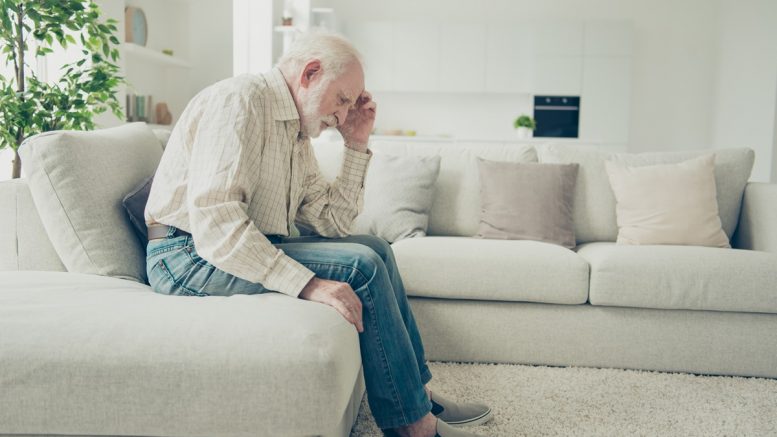New telehealth technology being piloted in Cardiff and Vale University Health Board is helping to cut the time it takes to diagnose and treat people suspected of having a stroke. The state-of-the-art platform, developed by leading healthcare technology company Visionable, enables stroke clinicians and paramedics to carry out a consultation via secure video conference and decide on the best course of action before a patient reaches hospital.
This means the patient can bypass Accident and Emergency and be received directly by the stroke team on arrival at hospital, reducing the time it takes for them to receive essential treatment.
Stroke is a medical emergency, and rapid response and intervention are crucial in minimising the impact on patients. Visionable’s telehealth solutions will enable medical teams across Cardiff and Vale UHB to work together in real time, resulting in quicker diagnosis and treatment decisions from the moments that paramedics reach the patient.
The technology will bridge geographical gaps, ensuring that patients in remote areas have equal access to high-quality care.
Dr Shakeel Ahmad, NHS Wales’ National Clinical Lead for Stroke, said: “We are excited to get this project off the ground. Our aim is to have a structured pre-hospital assessment so patients are put on the correct pathway in order to quickly access life changing treatments such as thrombolysis and thrombectomy.
“We hope the project will demonstrate a reduction in stroke mimics coming into hospital, which will reduce the burden on the emergency department. Our vision is to digitally connect the entire stroke pathway and this is the first step in our journey.”
The Visionable platform includes secure video conferencing and real-time data analytics, which enables healthcare professionals to make informed decisions swiftly, leading to better patient outcomes and reduced disability.
It is part of NHS Wales’ ongoing commitment to enhancing care, improving patient outcomes and ensuring that every person affected by stroke receives timely and effective care. Embracing innovation and technological solutions is key to strengthening stroke treatment pathways, reducing disparities in treatment and, ultimately, preventing avoidable deaths.
Telehealth impact on stroke patients
When retired police officer Robert Payne from Cardiff started to feel unwell one day in September, he initially thought he had just picked up a bug.
The next day, with no change in his condition and worrying that something was wrong, his concerned wife contacted their GP. After describing his symptoms, she was told to call 999 immediately. Robert was having a suspected stroke.
The ambulance arrived and the paramedics carried out the usual procedures, but there was one important difference. Thanks to the new Visionable telehealth technology being piloted in Cardiff and Vale, they were able to open a direct video link with stroke consultant Shakeel Ahmad and stroke specialist Saad Roufail who carried out pre-hospital assessment with Mr Payne.
Mr Payne said: “It really helped to relieve the anxiety for me and my wife. I knew that this could be serious, but being able to see and speak directly to the consultant while I was still in the ambulance helped us understand what was happening. It gave me confidence that everything was being put in place for when I reached hospital.”
Having the initial assessment and treatment decision made via video in the ambulance meant that clinicians were able to arrange for Mr Payne to have a brain scan within half an hour of his arrival at A&E. He was then quickly transferred to the appropriate ward, where he received a carotid doppler ultrasound and medication.
Mr Payne had experienced a stroke and was able to return home after a short stay in hospital. He believes that the Visionable technology made a big difference to how the paramedics and staff in A&E were able to manage his assessment and admission to hospital.
He said: “This technology definitely eased my way through the process. The doctors knew what they were dealing with by the time I arrived and could get me out of A&E quickly and on to the right ward. That could make the difference between life and death for some stroke patients.”





